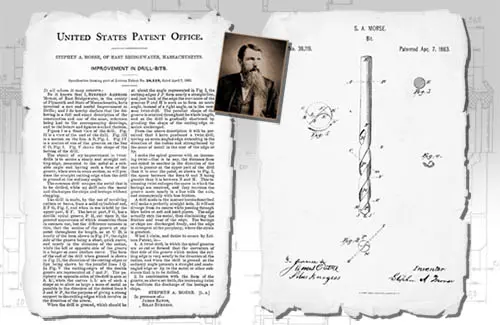The regular price is the current manufacturer's recommended price! FREE shipping for orders over EUR 41,67 within CZ+SK (PPLparcel)




More articles:
Testy vrtáků s novou geometrií
Vrták CZ005 - Nový člen rodiny
Naše vrtáky jsou tématem bakalářské práce